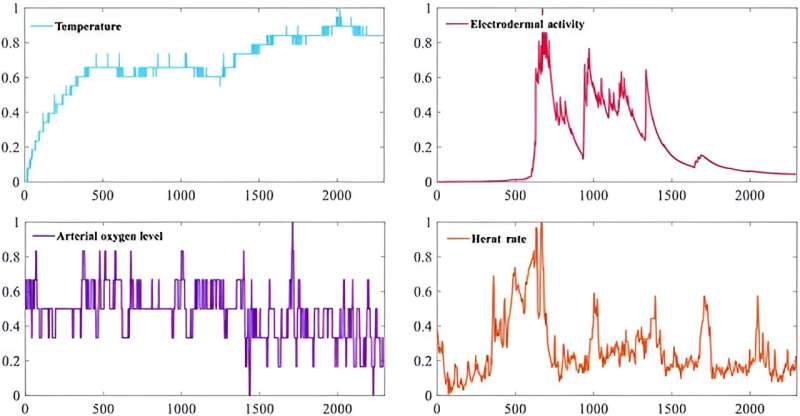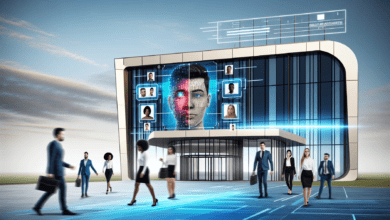Researchers present new developments in emotion recognition technology


Scientists at Huazhong University of Science and Technology have introduced a new system that could transform the way we interact with machines and monitor mental health. Credit: Junnan Li, School of Artificial Intelligence and Automation, Huazhong University of Science and Technology.
Researchers at Huazhong University of Science and Technology have achieved a significant breakthrough in emotion recognition technology, introducing a new system that could transform the way we interact with machines and monitor mental health. The new technology, known as Domain Generalization and Residual Network-Based Emotion Recognition from Physiological Signals (DGR-ERPS), leverages complex physiological signals to accurately determine human emotions.
The work is published in the journal Cyborg and Bionic Systems.
The innovative DGR-ERPS system addresses several key challenges that have previously hampered the reliability and efficiency of emotion recognition technology. By utilizing a sophisticated combination of domain generalization and advanced residual networks, this system excels at analyzing physiological signals such as heart rate, skin temperature and electrical activity, which are indicative of a person’s emotional state.
Innovations in emotion recognition:
- High-fidelity signal processing: DGR-ERPS processes signals with high temporal resolution, capturing the subtle fluctuations that indicate emotional changes.
- Residual Networks for Greater Accuracy: The use of residual networks in DGR-ERPS enables deeper learning models that can effectively deal with the complexities of integrating multiple signals, improving the accuracy of emotion detection.
- Domain generalization for robust performance: This feature helps the system perform well across different individuals and environments by generalizing training from multiple sources, thereby reducing the model’s dependence on any single data source.
The DGR-ERPS model has been rigorously tested on several real-world datasets and has consistently outperformed existing models. “Our system not only adapts to different people with varying physiological signals, but also maintains high accuracy in dynamic real-world environments where traditional models often fail,” explained Dr. Jiang Li, principal investigator of the project.
The core technology involves segmenting and aligning domains of emotional data, allowing the system to learn from diverse emotional expressions and scenarios. This approach significantly alleviates the common problem of temporal covariate shift (TCS), where changes over time can distort emotion recognition systems.
The potential applications of DGR-ERPS are vast and varied. In healthcare, this technology can be integrated into mental health monitoring systems to provide accurate, real-time assessments of patients’ emotional states, potentially revolutionizing treatments for conditions such as depression and anxiety. In the automotive industry, emotion recognition can increase driver safety by adjusting vehicle responses based on the driver’s emotional state.
Furthermore, the technology has significant implications for personalized advertising and customer service, where understanding customer emotions can lead to better service delivery and customer satisfaction. Educational applications are also being explored, where the system could help adjust teaching methods based on students’ emotional responses.
The development of DGR-ERPS was a collaborative effort involving interdisciplinary teams from various departments at Huazhong University, highlighting the institution’s collaborative spirit and innovative spirit. The university is planning further studies to refine the technology and explore additional applications, including possible integrations with artificial intelligence systems for more nuanced human-machine interactions.
In the future, the research team plans to expand the capabilities of DGR-ERPS by incorporating machine learning techniques to predict emotional changes, potentially before they are fully expressed by physiological signals. “We are on the cusp of not only understanding but also anticipating human emotional responses, which could have profound implications across all sectors of society,” said Dr. Li.
More information:
Junnan Li et al, A Residual Network-Based Domain Generalization and Emotion Recognition from Physiological Signals, Cyborg and Bionic Systems (2023). DOI: 10.34133/cbsystems.0074
Provided by Beijing Institute of Technology Press Co., Ltd
Quote: Researchers present new developments in emotion recognition technology (2024, June 4) retrieved June 4, 2024 from
This document is subject to copyright. Other than any fair dealing for private study or research purposes, no part may be reproduced without written permission. Content is provided for informational purposes only.




